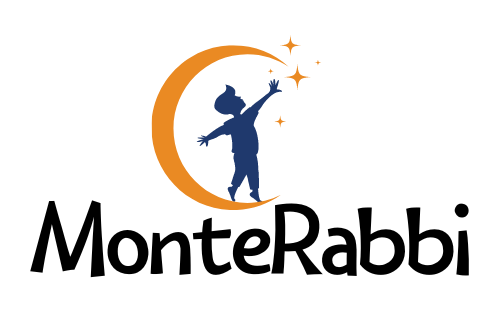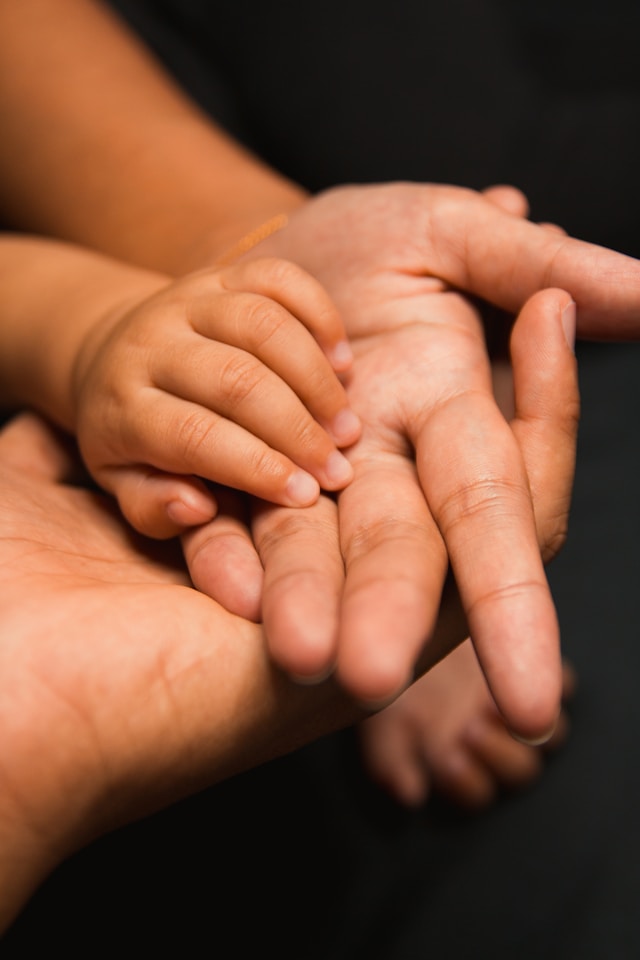Did you know that the inventor of ABA therapy, Ole Ivar Lovaas, used to electrocute kids so as to model conventional behaviour? Well, most adults who underwent ABA therapy in their childhood complain that it was traumatic and would not wish it on their worst enemies.
We look at 5 stories of individuals who underwent it. One wanted to hurl himself at oncoming traffic to commit suicide. Another complained of food deprivation while yet another adult talked of physical abuse in the hands of the ABA therapists. Is it worth it? Is this still a therapy to explore?
But First, What is ABA Therapy?
Applied Behavior Analysis (ABA) therapy has emerged as a widely used approach for helping individuals with autism spectrum disorder (ASD) develop essential life skills. While it has significantly evolved over the years, ABA therapy has not been without its share of controversy and critiques.
In this article, we will explore the history of ABA therapy, including its controversial founder, Ole Ivar Lovaas, and the criticisms it has faced.
The Origins of ABA Therapy
ABA therapy can trace its roots back to the work of Ole Ivar Lovaas, a professor at the Los Angeles Neuropsychiatric Clinic in the mid-20th century. Lovaas is widely recognized as a pioneer in the field of autism intervention. However, it is important to acknowledge that some of his early methods have faced severe criticism.

Lovaas and Controversial Practices
Lovaas is known to have used aversive techniques, including forms of punishment and physical interventions, in an attempt to modify behavior. These methods, which have been characterized as abusive by many critics, included practices such as electrocution and slaps. These techniques have raised significant ethical concerns and have been described by some as tantamount to torture.
A study by Svein Eikeseth and Tristram Smith published on Researchgate says this about his methods:
The aversives included low doses of electric shock for life threatening self injury or aggression displayed by institutionalized children with autism in the 1960s and claps on the thigh for less urgent but still devastating problem behaviours displayed by children with autism in their homes in the 1970s and 1980s
Researchgate
He is quoted saying this
If a child cannot learn the way we teach, we must teach the way the child can learn
Ole Ivar Lovaas
Connection to Gay Conversion Therapy
In addition to his work in ABA therapy, Ole Ivar Lovaas has been linked to gay conversion therapy, a controversial and widely discredited practice aimed at changing an individual’s sexual orientation. This connection further adds to the controversy surrounding his legacy.
Modern ABA Therapy
It is crucial to emphasize that ABA therapy has evolved significantly over the years. The field has moved away from the punitive and aversive techniques associated with Lovaas’ early work. Today, ABA therapy prioritizes ethical treatment, individualized approaches, and the well-being and autonomy of autistic individuals.
Critiques and Controversies
Critics of ABA therapy, including many autistic adults and advocacy groups, raise several concerns:
- Traumatic Experiences: Some autistic individuals have reported traumatic experiences during ABA therapy, citing aggressive or punitive techniques that they found distressing.
- Conformity Pressure: Critics argue that ABA therapy places an undue emphasis on making autistic individuals conform to neurotypical norms. They argue that this focus on conformity can be harmful and overlooks the unique strengths and needs of each autistic individual. The Autistic Self Advocacy Network has accused Lovaas of trying to make autistic individuals as indistinguishable from neurotypical people.
In fact Lovaas is quoted saying this about autistic people:
You have a person in the physical sense…but they are not people in the psychological sense
Ivar Lovaas
- Loss of Childhood: The intensive nature of some ABA programs, requiring many hours of therapy per week, has been criticized for potentially robbing children of their free time and opportunities for unstructured play and exploration.
ABA Therapy Horror Stories
Alexander’s story sheds light on the distress experienced by some individuals undergoing ABA therapy. In an attempt to escape from his ABA therapy session, Alexander once hurled himself onto oncoming traffic, a harrowing incident that underscores the need for careful consideration of therapy approaches.
In the words of Neurodefiant on Facebook, “You cannot respect someone and try to control them or bend them to your will. You cannot truly love and accept someone, while trying to ‘cure them’ of their autistic neurology. That’s not how acceptance or unconditional love work. Please stop putting your autistic children in ABA. Autistic children’s existence is not an emergency”
Faye Fahreinheit says that in their ABA therapy, they used food deprivation so as to model good ‘normal’ behavior in her group. This was really horrible and kind of caused her have a PTSD simply remembering the incidences.
Alex talks of an ABA center in Manassas, Virginia, that acted as a gymnastics centre but in real sense was an ABA therapy center. He talks of the physical abuse meted on them for not walking upright and also being forced to crawl on their fours like alligators. Later on, most the therapists were found to be sexual abuse perpetrators on their young victims.
Not Another Autistic Advocate posts on Facebook that they were not allowed food until when they asked for it.
But I grew up the type of poor people dont like to admit still exists in the states and my two guaranteed meals were at school. Which ABAers wrote into my behavior plan that I should be denied until I ask for it. Until the non-speaking autistic child asks for it.
Facebook


